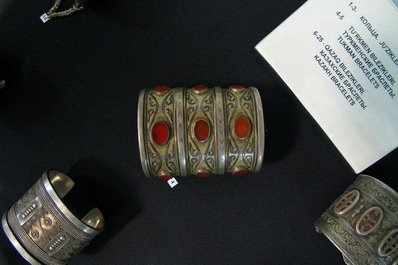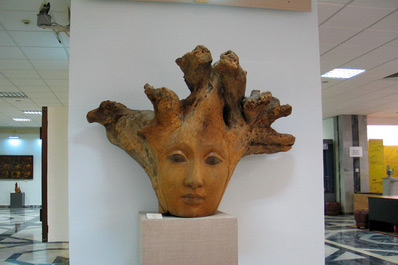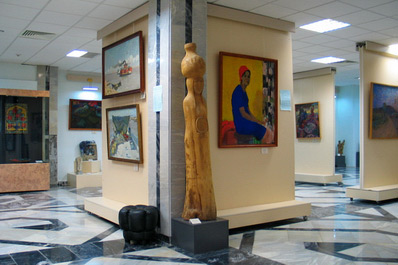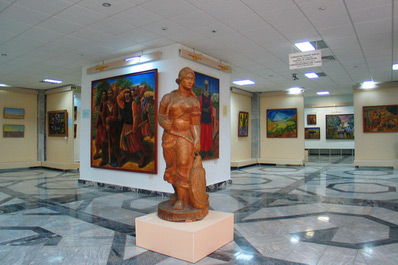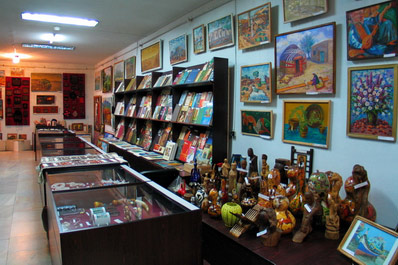Savitsky Museum, Nukus
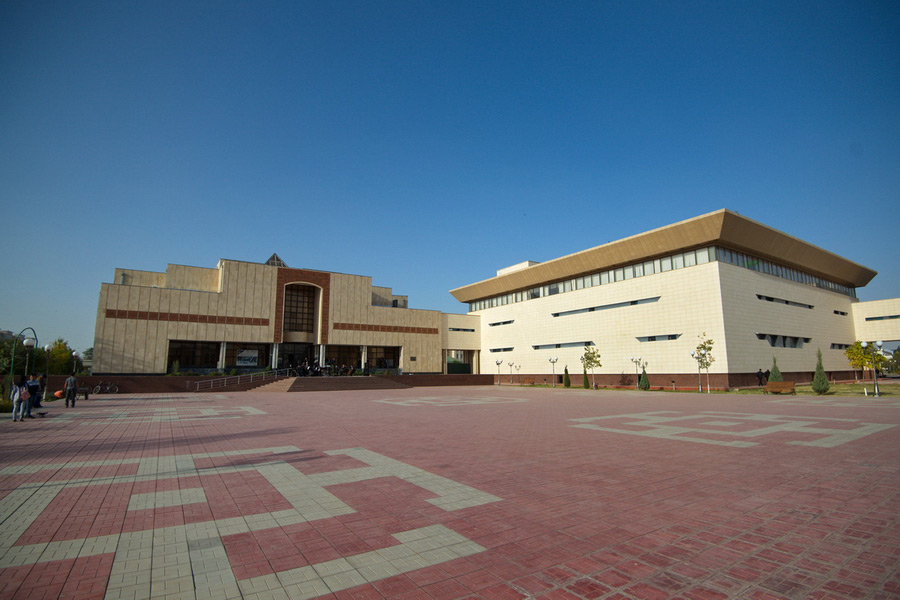
The Savitsky Museum, nestled in Nukus, has been hailed as one of the world's most beautiful museums by The Guardian, while a columnist from The New York Times and International Herald Tribute's Sunday supplement "Leisure" has emphatically recommended seeing it before one dies. Affectionately dubbed the 'Louvre in the Sands,' this museum stands as a testament to the vision and dedication of its founder, Moscow artist Igor Vitalievich Savitsky (1915-1984), whose name resonates with art historians globally.
Savitsky, known for his discerning taste, intellect, and remarkable intuition, established the State Museum of Arts of Karakalpakstan in 1966. His passion for art began much earlier, during his time with archaeological teams exploring Karakalpakstan, leading him to relocate from Moscow to this region in 1950. Initially, his collection comprised finds from these archaeological excavations, but it soon expanded to encompass a broader array of works, including unique jewelry. Today, the collection boasts around 90,000 pieces.
The museum's extensive collection of historical artifacts is nothing short of astonishing. It includes rock paintings dating back to the 2nd millennium B.C., unglazed ceramics from the 5th century B.C., and various archaeological finds from ancient Khorezm, such as household items and clothing.
Art enthusiasts can also marvel at a vast array of paintings not only by Uzbek artists but also by members of the Moscow avant-garde and post-avant-garde of the 1920s and 1930s, as well as non-conformists from the Moscow underground of the 1960s and 1970s. Savitsky's dedication to preserving art led him to collect, and in some cases rescue, works from unknown, forgotten, or even banned and repressed artists. The museum now displays works by 123 artists, including well-known figures like Pavel Surikov, Igor Savitsky himself, Alexander Volkov, and Usto Mumin (Alexander Nikolaev).
Notable pieces like Evgeny (Vasily) Lysenko's "Bull", Lyubov Popova's "At Home", and Mikhail Kurzin's "Face of Capital" are just a few examples of the masterpieces housed here. The museum also features high-quality reproductions of globally renowned paintings, created by Louvre artists, and has a significant library collection encompassing art, archaeology, ethnography, and history.
It's worth noting that not all of the museum's extensive collection can be displayed at once, with many pieces in storage or undergoing restoration. The museum was renamed in honor of its founder in 1984, likely posthumously. It received a new building in 2003, with additional spaces added in 2015.
Regular guided tours, initiated by Savitsky's student Marinika Babanazarova, who led the museum for over 30 years, provide in-depth insights into the collection. Today, the museum is under the stewardship of Tigran Mkrtychev, a doctor of art history and an expert in the archaeology and art history of Central Asia.



